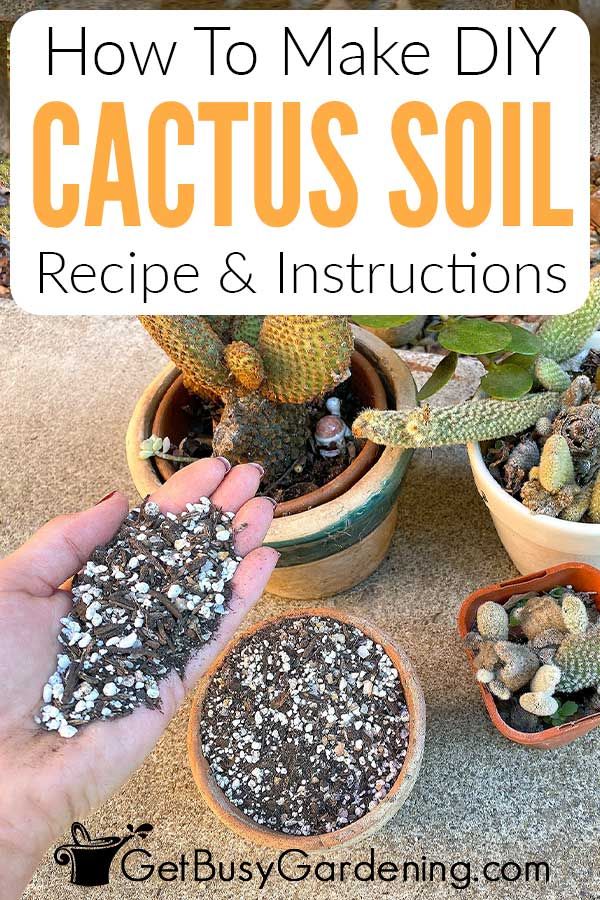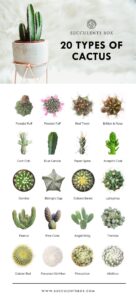Potting Mix for Cactus: The Best Soil Mix for Healthy Cactus Growth
Cacti are unique and resilient plants that have evolved to thrive in arid environments. One of the most critical factors in ensuring the health and longevity of your cactus is the potting mix you choose. Selecting the right soil blend not only promotes optimal growth but also helps prevent common problems such as root rot. Understanding the components of a suitable cactus soil mix is essential for all cactus enthusiasts, whether a novice or an experienced gardener.
Soil Composition: The Pillars of Cactus Potting Mix
The anatomy of an ideal cactus potting mix typically consists of several components that create an airy, well-draining substrate. A balanced blend enhances root aeration and prevents moisture retention, which is detrimental to cacti.
Coarse Sand:
One of the primary ingredients in a cactus potting mix is coarse sand. This gritty material not only improves drainage but also mimics the natural habitat of cacti, which often flourish in rocky soils. When incorporating sand into your mix, opt for horticultural sand rather than play sand, as the latter may contain impurities that could harm your plants.
Perlite and Pumice:
Perlite and pumice are lightweight volcanic materials that amplify the drainage capacity of the potting mix. They create air pockets, which enable the roots of the cactus to breathe. Perlite is characterized by its white appearance, while pumice is darker and slightly heavier. A combination of both can achieve an ideal consistency that promotes healthy root development.
Organic Matter: A Necessary Component
While cacti are often associated with barren landscapes, a touch of organic matter can benefit cactus growth. A small amount of compost or well-rotted pine bark can introduce essential nutrients without compromising the mix’s drainage. However, it is crucial to use organic matter sparingly, as excess can lead to moisture retention, resulting in soggy roots.
Customization: Tailoring the Mix to Different Cactus Varieties
Diversity exists among cactus species, and understanding their specific needs can guide one in customizing potting mixes. Some species prefer drier conditions, while others may require slightly more moisture retention.
For Saguaro and Other Columnar Cacti:
Columnar cacti thrive in arid deserts and require a more free-draining soil mix. A formula consisting of 50% coarse sand, 25% perlite, and 25% cactus soil can effectively support their growth.
For Small, Finicky Cacti:
Smaller species, such as the Mammillaria or Rebutia, may appreciate a touch more organic material for nutrient retention. A mix of 40% potting soil, 30% pumice, and 30% coarse sand could cater to their needs while ensuring sufficient drainage.
Commercial Cactus Mixes: Pros and Cons
For those who prefer a ready-made solution, commercial cactus mixes are widely available. These blends often contain various components designed for cacti and succulents, providing convenience for busy gardeners. However, caution is advised.
Quality Variations:
Not all commercial mixes are created equal; some may include excessive organic matter or synthetic additives that can alter the soil’s water retention capabilities. It’s essential to read the labels and conduct thorough research to find an appropriate product that aligns with the specific needs of your cactus.
Mixing Your Own: The Advantages of Personal Tailoring
Creating your own cactus potting mix presents several advantages. Not only can you tailor the components to the specific requirements of your plants, but you also gain better control over the quality and texture of the soil. This hands-on approach not only enhances the health of your cacti but also fosters a deeper understanding of their growth requirements.
Maintenance: Assessing and Adjusting Soil Needs Over Time
Regular assessment of your cactus potting mix is vital for sustained growth. Environmental factors such as humidity, light, and temperature can prompt changes in the soil’s effectiveness.
Repotting: A Necessary Evil
Every couple of years, consider repotting your cacti. This helps refresh the soil and gives the roots room to expand. When repotting, inspect the root system for signs of rot or distress, which may indicate that the mix contains too much moisture-retaining organic matter.
Watering Practices: Avoiding Overindulgence
The best potting mix for healthy cactus growth is just one piece of the puzzle. Equally important are proper watering practices. When succulents are overwatered, even the best potting soil can’t save them from decline. Water thoroughly but ensure that excess moisture can drain away freely.
Conclusion: Investing in the Right Mix
Ultimately, creating the perfect potting mix for your cacti is an essential investment in their health and well-being. A blend rich in coarse materials, supported by optimal drainage properties, will support your cacti as they thrive in an environment that mimics their natural habitat. Careful consideration of the unique needs of different cactus species, along with attention to watering practices, will ensure lush growth and enduring beauty. As the saying goes, a cactus thrives in the worst of conditions but flourishes in just the right mix.





Leave a Comment